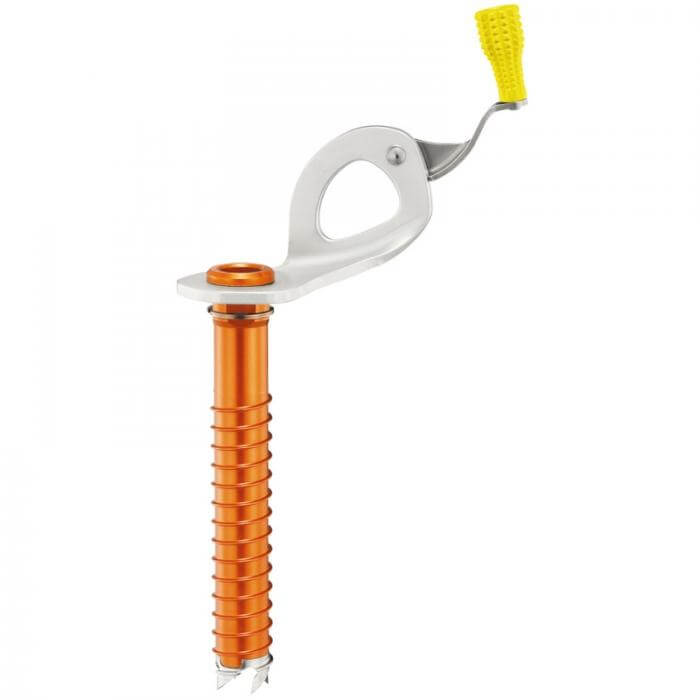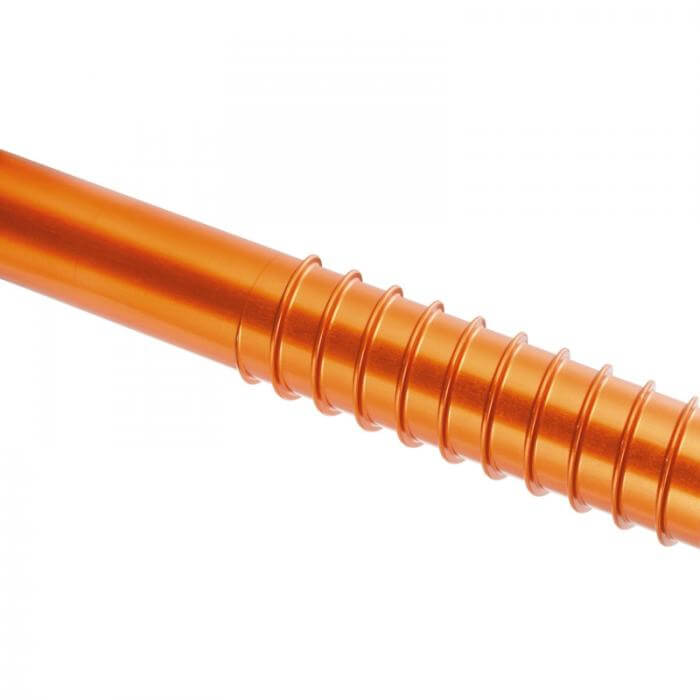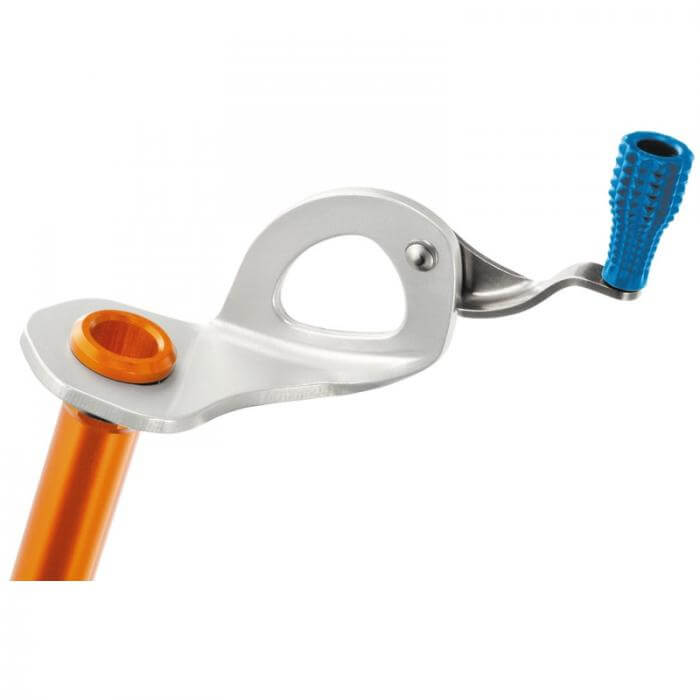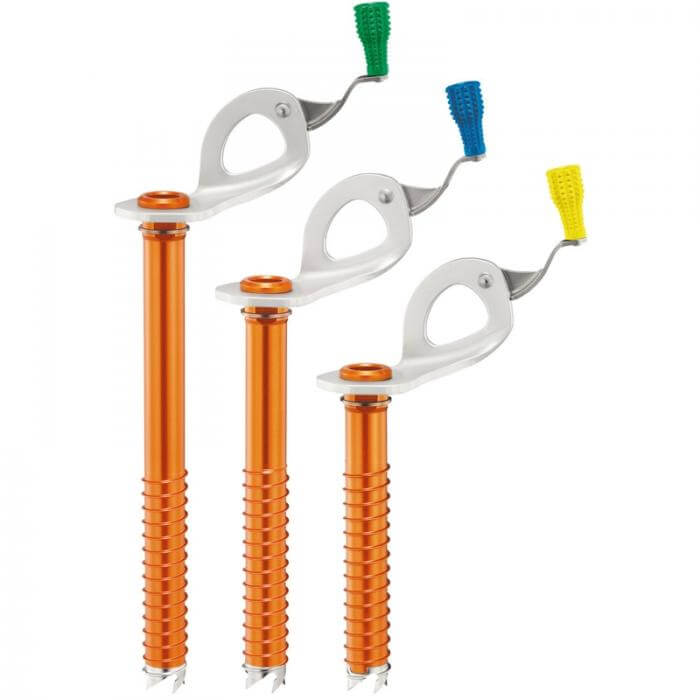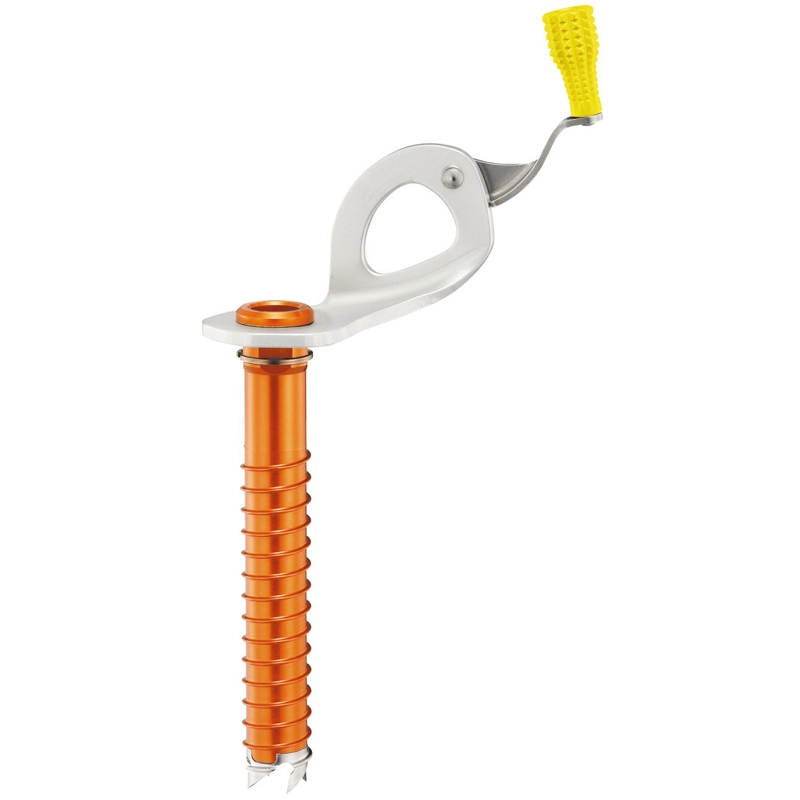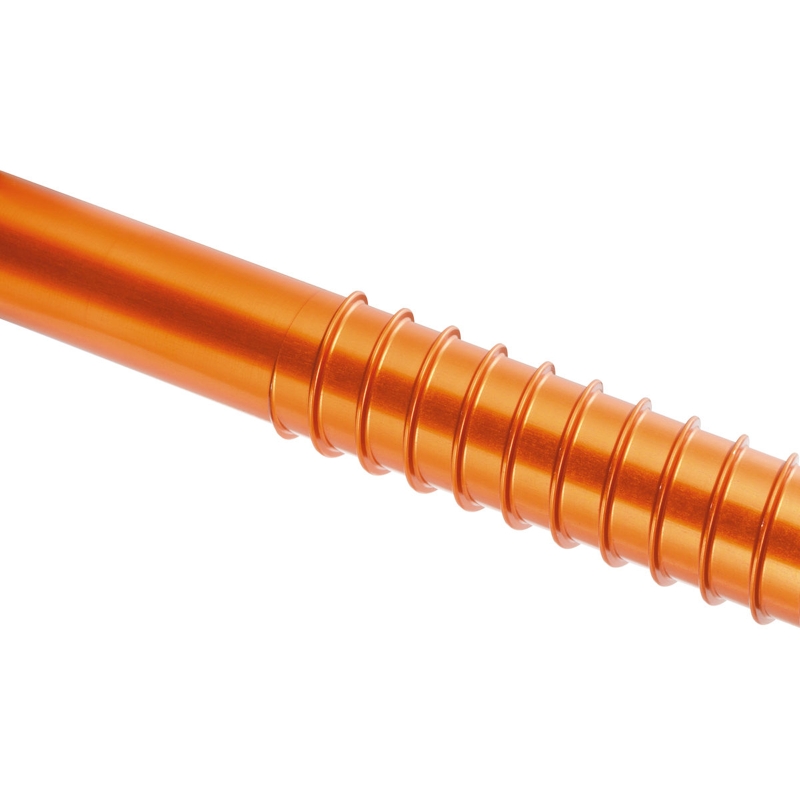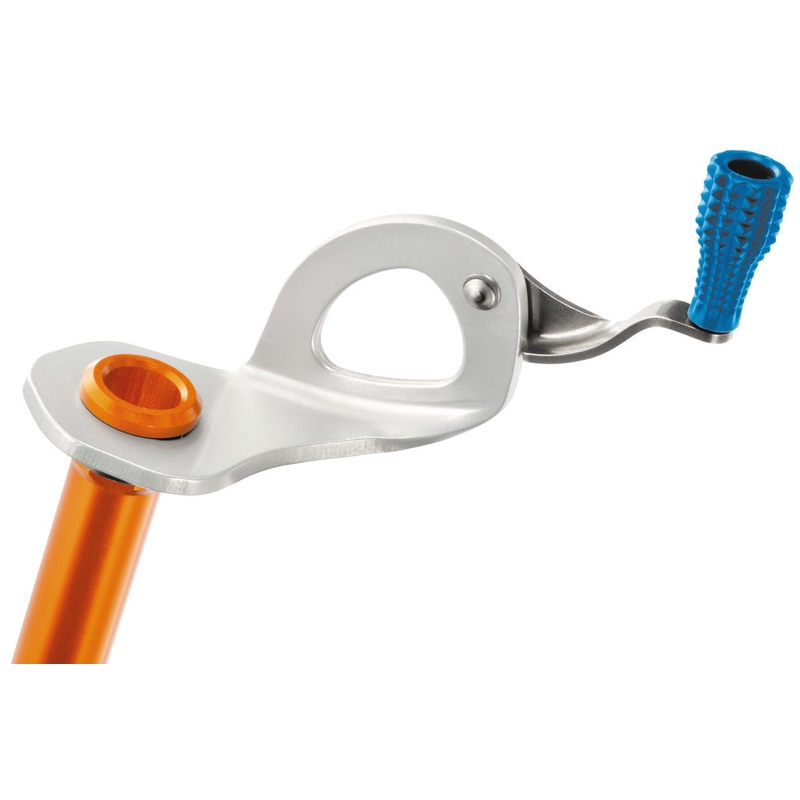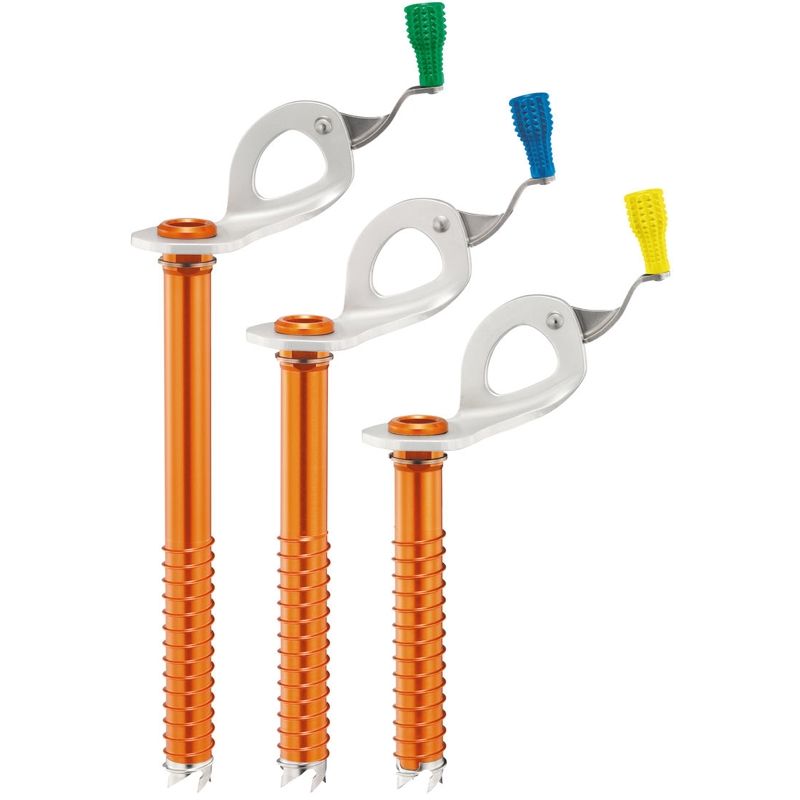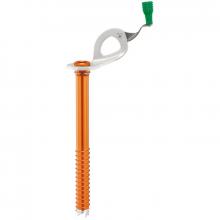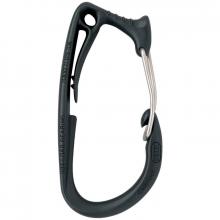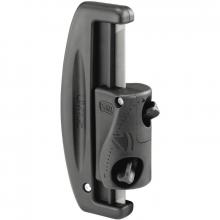Laser Speed Light 13cm 2019
Description
Ultra-light screw with aluminum tube is ideal for mountaineering. Starting is facilitated by the optimized shape of the steel drill. The integrated folding crank gives an optimized lever, making it easier and faster to screw in.
Ultra-light aluminum tube for greater comfort, ideal for mountaineering
Starting in the ice facilitated by the optimized shape of the steel drill
Integrated flexible crank provides an optimized lever, making it easier and faster to screw in
Color-coding facilitates identifying the length of a screw
Smaller hanger to facilitate screwing into sculpted ice
Easier sharpening with the drill's patented sharpening reserve
Retail price
This Product is Hard to Find.
We don’t know where you can buy this item online in the US. We’ll continue to check all the major retailers and will update this page as soon as we find one.
If you know where to find this online in the US, let us know, and we’ll add the link.


Weight (grams / ounces)  Weight (g / oz)In grams and ounces, the weight, as stated by the manufacturer / brand. | 91 g / 3.21 oz |
Length (cm)  Length (cm)Ice screws range between 6 - 30 cm. Generally speaking the sizes can be thought of as: Short - 13 cm and belowShort screws (“shorties” or “stubbies”) are for thin ice found on harder ice climbs and/or in crappy conditions. Medium - 14 - 17 cmWith ideal conditions climbers will be able to plug medium-sized screws with no problem. They have a nice weight to length balance. Long - 18 cm and aboveLong screws are most often used as anchors or in crappy ice conditions where they can go deep to find the real ice below. Mountaineers may also prefer long screws as they can gain better purchase in less than ideal ice and have less chance of melting out. How Many To CarryThere is no standard of how many screws to carry of each size. It will vary depending on where you’re climbing, your style of climbing and what level you’re climbing at. Some climbers will get a variety of the sizes, while others might get a majority of medium screws, a few shorties for thin spots and some long screws for anchors and bomber placements. Note: The amount of threading on each screw does not change even when the overall length changes (exception: e-climbs screws). |
13 cm |
Feature(s)  FeaturesNo Handle / KnobAbout 30% of the options 
Pros: Cheaper Cons: No “speed” handle/knob for faster threading Note: This is not currently a feature to filter on (coming soon), but is important to see the difference. Handle (non-fold)About 24% of the options 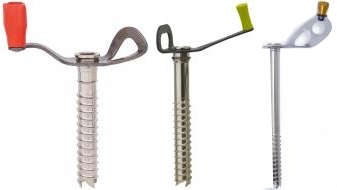
Pros: There is an extra “handle” or “knob” for faster screw threading. Cheaper than folding versions. Cons: Some of the knobs stick out substantially and could cause the rope or draws to get caught on the lengthened handle. Handle (folding)Around 42% of the options 
Pros: Foldable handle allows for quick threading and reduces snagging potential by folding out of the way. Cons: More expensive. Color CodingNearly 70% of the screws are color-coded, and this represents nearly all of the screws that have handles/knobs (color coding can also be on the hanger or the tube itself). 
Pros: Like on cams, color-coding makes for faster size identification. Cons: Generally color coding only comes on more expensive screws (with handles) There are 7 brands that follow red, yellow, blue, gray, green as a small to large standard, but that is not consistent across the industry. Sewn Sling (Pre-Attached to the Hanger)
Pro: You don’t have to carry quickdraws, so it saves weight and speed of clipping. Con: The length of this sling may not be ideal and it is not adjustable 2 Clip Points on the Hanger
Pro: More clipping options, especially ones that are closer to the ice to reduce leverage in a fall situation. Con: This comes standard on only a few screws so your options are limited. On some configurations this will also make the hanger much larger. Reverse Threading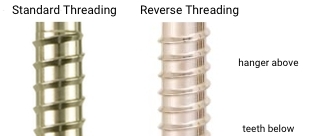
This is the most controversial feature. Grivel and CAMP (which make up 30% of the ice screw market) use reverse threading on all of their screws and claim that this angle is more effective at spreading an impact load across ice. If you are interested in the merits of the “reverse thread” design, click to see photos of the concrete tests (reverse threading pulls out more concrete than standard threading) and read about the concerns of testing in concrete. Read discussion of the engineering that goes into thread design and the questioning of straight pulls while testing to judge if reverse threading would make a [significant] difference in the event of a fall on ice. |
Folding Handle Color Coding |
Strength (kn)  Strength (kN)In kilonewtons, the strength as stated by the manufacturer / brand. |
|
Materials  MaterialsHangerThe material of the ice screw hanger (what you'd be clipping a carabiner into). Expect Stainless steel or aluminum here. TubeThe material of the tube of the ice screw (aka shaft). Most often it'll be Chromoly or steel but Grivel, Petzl and e-climb (and perhaps others) offer an aluminum tube ice screw option. Nearly 90% of ice screws are made from steel because steel is stronger and more durable. Aluminum screws will dull and wear out much faster and are not designed for crag-style ice climbing. They are specialty ice screws best used for fast and light ascents. TeethThe material of the teeth. Most often the tube material and the teeth material will be the same (e-climb and Petzl are exceptions). Often, screws with aluminum tubes will have steel teeth to help with durability. | Hanger: Aluminum Tube: Anodized Aluminum Teeth: Steel |
Certification  CertificationsThe main climbing gear certifications are CE and UIAA--and normally the UIAA creates the rules that the CE body also supports. When possible, we try to list all the certifications the product carries. To sell a climbing product in Europe, the device must be CE certified. There are no official requirements to sell climbing gear in the US. The UIAA certification is a voluntary process. Ice screws are not certifiable below 10cm. Learn MoreRock and Ice Certifications Guide |
CE, UIAA |
No reviews yet.
At first glance, the Petzl screws racked well and hung on a standard ice clipper normally but the weight (or lack of) was immediately noticeable, as expected. It was like they weren’t there. Literally. The hangers have a large clipping hole and were very easy to get on and off the ice clippers on my harness. I liked having the bright and distinct color coded plastic crank lever and felt like the opacity of color would end up being quicker to see and decipher than the metal version. Maybe it’s just me but over time, the metal cranks on my other screws have tended to wear during normal use and turn to silver in a couple seasons. The crank lever handle on the LSL was a nice shape for cold fingers in a glove and was easy to pinch while getting a screw in as efficiently as is needed when the climbing is “sporty”. Overall, the length of the lever, the ergonomic value of using the lever relative to the efficiency of the placement were all as good, if not better than other screws I’ve tried.
The bottom line, however, is that the binding/freezing issue is relatively minor when compared with the excellent traits of these screws. Their light weight and high performance have earned them a place on my climbing rack both for water ice and alpine ice.
The speed of screw placement is defined by the cutting edge or ‘drill’ bit that starts and bores the hole. Here Petzl has stuck with steel. The approximately 1cm long steel tip is optimized in both tooth angle (making it more aggressive) and increased tooth length, resulting in a super catchy initial bite. They have also incorporated a reservoir at the base of each cutting tooth that aids both ice clearance in the hole and eases future sharpening. All together it’s a pretty potent tip and ‘catches’ ice as fast and furious as anything I have had the pleasure to twist into ice.
These are the best ice screws i've tried, and i've used all the ones readily available in North America. They bite fast and crank in very well. I'd prefer a longer hanger and two biner holes but i can live without both. Besides the aluminum ones seem to weigh nothing at all and the weight savings is hard to live without.
So if the Laser Speed Light screws are the easiest to place and the lightest by a long way, then why would you buy anything else? Well, the only downside I can really see is durability with the aluminium tubes and threads being less durable than steel ones. And I have definitely noticed that they ding and mark easier than stainless screws. Being careful when packing and using a fabric tube style protector whilst they’re in your pack, is a good idea as is not throwing them down on rocks or scraping them up a mixed chimney. All these things will help with their longevity. Look after them and they should last a while.
Great screws that are unbelievably light. They work exceptionally well, rack well, weigh next to nothing and - being bright orange - they even look cool. Downsides are that they can ding up easily on the threads and they cost about a tenner more than similar steel screws, but if that £10 is available, then the saving in weight is, we think, worth it.
Weighing just over half that of its counterpart made of steel, the aluminum Laser Speed Light can nearly slash the weight of your ice rack in half. To compare, a medium-length, 13 centimeter Speed Light is 2.3 ounces, while the regular steel Laser Speed checks in at 4.5 ounces.
The Laser Speed Light earned four out of five stars, with one deduction for costing $20 more than similar all steel ice screws.
Warning: This video is dubbed in English. If you're getting antsy, skip to section 7:40-8:15 for one of the most interesting parts, where they show a hardware specific camera inspection.

